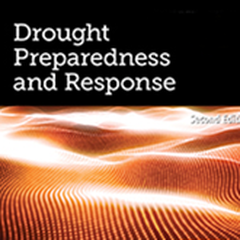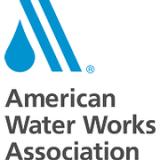AWWA Manual on Drought Preparedness and Response
There are many factors that contribute to water shortages in the United States. While some are not directly related to climate, such as population growth or aging infrastructure, a number of causes can be attributed to heat and drought. Since 2012, many areas of the United States have experienced their hottest and driest years on record. According to NOAA, 2012 was the warmest year since 1895, and the four warmest years have occurred since 2012 (NOAA 2019). In dry years, many areas increase their reliance on groundwater, reducing the future availability of those supplies. The reliability of water deliveries has also diminished as uncertainty increases, whether related to climate change, regulatory actions, delivery system security, and other factors.
 The American Water Works Association (AWWA) has published the second edition of the M60 manual, Drought Preparedness and Response, to help water managers facing water shortages. The manual illustrates how to employ tried-and-true strategies and tactics of drought mitigation, as well as introducing new tools and methods.
The American Water Works Association (AWWA) has published the second edition of the M60 manual, Drought Preparedness and Response, to help water managers facing water shortages. The manual illustrates how to employ tried-and-true strategies and tactics of drought mitigation, as well as introducing new tools and methods.
Drought and water shortage planning is not just a best management practice for a water supplier; it is a requirement in a growing number of states and water management districts. A water shortage plan (WSP) enables a water supplier to assess the risks and reduce the vulnerability of a community to water shortage impacts and to establish priorities that will provide water for public health and safety and minimize impacts on economic activity, environmental resources, and the region’s lifestyle.
M60 can help a water supplier meet regulatory requirements for a water shortage plan (WSP). The manual provides a step-by-step process to anticipate and respond to water shortages through the following structured planning process:
- Step 1: Form a water shortage response team
- Step 2: Forecast supply in relation to demand
- Step 3: Balance supply and demand and assess mitigation options
- Step 4: Establish triggering levels
- Step 5: Develop a staged demand reduction program
- Step 6: Adopt the plan
- Step 7: Implement the plan
The manual was written by water professionals experienced with drought, including Veva Deheza, Executive Director with NIDIS. The manual is available on awwa.org.
Reference:
NOAA (National Oceanic and Atmospheric Administration). “Climate at a Glance: National Haywood Plots.” https://www.ncdc.noaa.gov/cag/national/haywood (accessed July 22, 2019).




